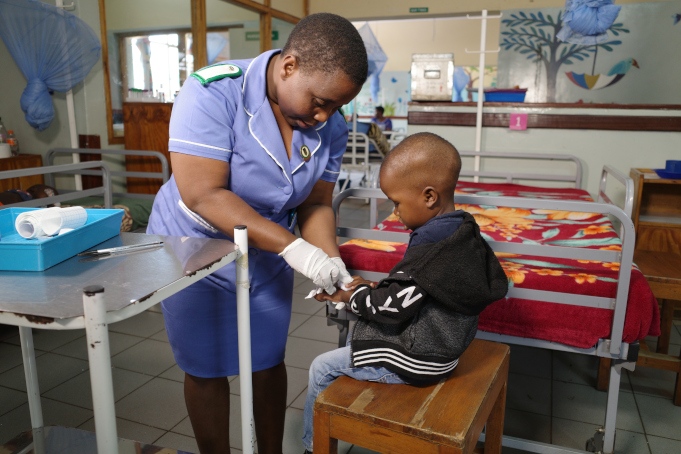What is happening in Malawi?
Malawi is among the poorest countries in the world, vulnerable to weather-related disasters, including droughts, floods and cyclones, such as Tropical Cyclone Freddy in 2023 and an El Niño event in 2023/24. Its high dependence on agriculture exacerbates the impact of climate shocks, which contribute to failing harvests. As a result, over 5.7 million people are facing acute food insecurity, increasing the number of children wasting and those experiencing nutrient deficiencies.
Coupled with Malawi's own reduced agricultural production, following the start of the Russia-Ukraine war, 80% of households reported significant increases in the price of basic items such as maize, cassava, sweet potato, maize flour, rice, and fuel, contributing to the food insecurity emergency.







.png)












